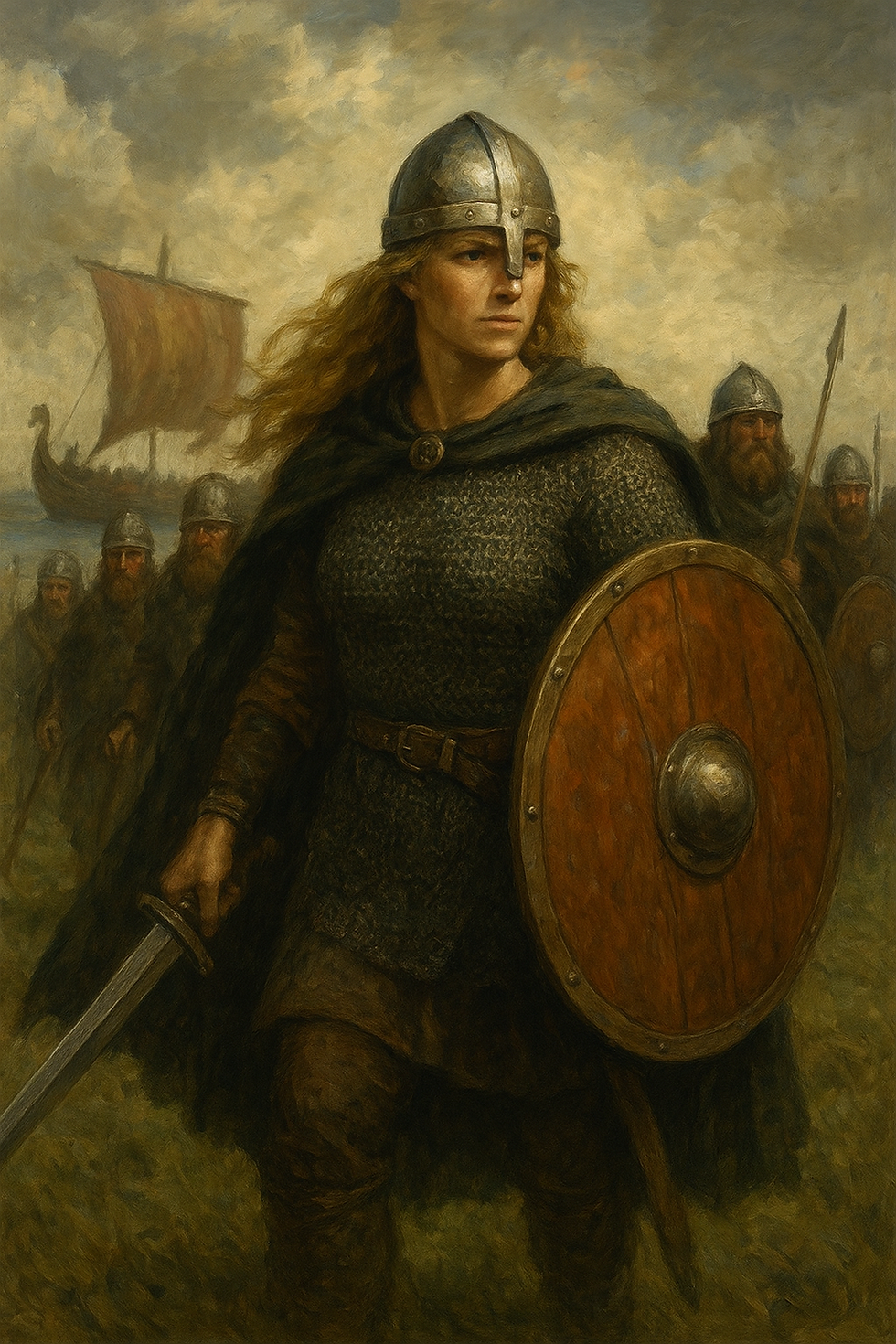The Portuguese Prehistoric Dog
- correio_da_historia

- Sep 21
- 2 min read

There are archaeological discoveries that, more than speaking to us of dates, bones, or chronologies, touch what is most human in us: the capacity to feel and to form bonds. The so-called “Dog of Muge” is one of those rare finds which, coming from the depths of prehistory, directly challenges us as men and women of the present.On the banks of the Tagus and the Sorraia, in Muge, the famous Mesolithic shell middens were discovered in the 19th century—true natural libraries where shells, bones, and objects of communities that lived some seven to eight thousand years ago accumulated. It was in this context that the skeleton of a dog appeared, later kept for decades at the National Museum of Archaeology in Lisbon. A silent presence, waiting for science to develop the tools to tell its story.And that story has now begun to be told. Thanks to recent technological analyses, we know that the animal lived between 2 and 6 years of age. Even more revealing: it was laid to rest with care, in a gesture that transcends the mere disposal of animal remains. Archaeology shows us, with almost scientific precision, what the human heart had already intuited: thousands of years ago, Mesolithic people saw dogs not only as hunting aids but as companions, worthy of affection and remembrance.This fact moves us because it humanizes us. In Muge, long before agriculture was consolidated, long before cities and empires, someone bent over the body of a dog and decided to give it a dignified end. That gesture, preserved in the silence of the sands and shells of Ribatejo, is a testimony of closeness, of trust, and even, I would say, of love. It is not, therefore, merely an archaeological find. It is a symbol of the ancient bond between man and dog. A bond that still marks us today—whether in the Ribatejo countryside, in cities, or in our homes. When we look at the “Dog of Muge,” we recognize that friendship between species crosses time as one of the most beautiful constants of the human condition.Ribatejo, land of rivers and memories, offers not only fertile landscapes and living traditions. It also gives us this window into a remote past that continues to illuminate the present. The “Portuguese Prehistoric Dog” is, therefore, a source of pride for us all: it shows the world that here, on the banks of the Sorraia, was born one of the oldest stories of friendship in humanity.
Paulo Freitas do Amaral
Professor, Historian and Author





Comments